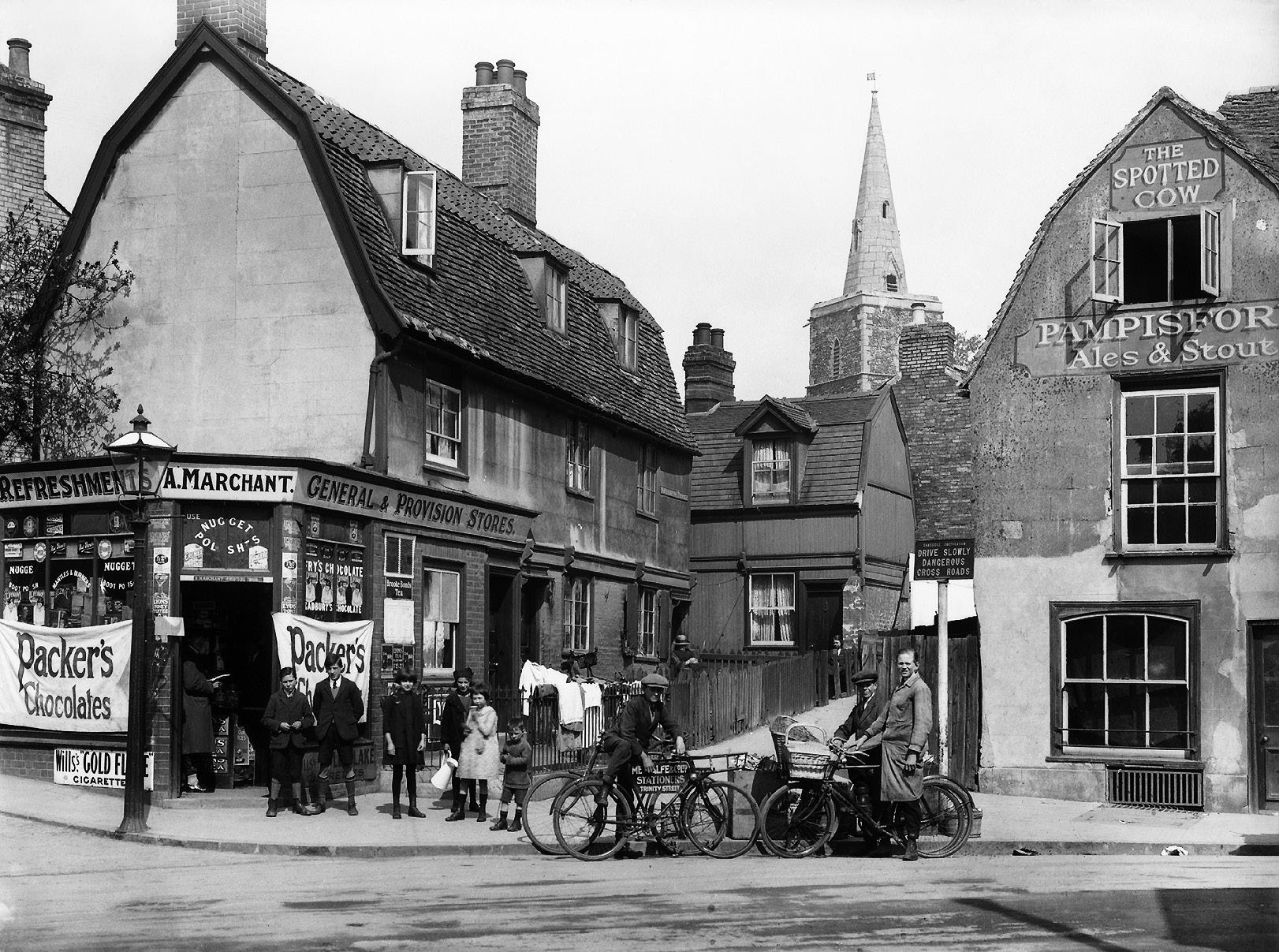
1 minute read
Introduction to Kettle’s Yard
Jim Ede described Kettle’s Yard as “a space, an ambience, a home”. Jim and Helen Ede believed that art could be part of daily life. They wanted their collection of art and objects to be enjoyed in the relaxed domestic setting of their home and they felt that Kettle’s Yard was “only alive when used”. This introduction explores the history of the original site, Jim Ede’s life, the development of Kettle’s Yard from 1957 to 1973, and its subsequent transformation into one of the leading spaces to experience modern and contemporary art.
History of the Area
The area known as Kettle’s Yard derived its name from the Kettle family. During the eighteenth century, the family built a popular theatre on the site, but this was promptly closed by the university authorities, on the grounds that it would corrupt the morals of the students. ‘Kettle’s Yard’ gradually declined into one of the city’s poorest areas, a place for small businesses and jobbing tradesmen. By the early twentieth century it was an overcrowded site made up of cottages, workshops, pubs and shops, and increasingly regarded as a slum.
After the Second World War, and in parallel with the postwar drive in Britain for urban reconstruction, the area underwent radical change. When new housing for elderly residents was built on Honey Hill, only four severely dilapidated cottages were spared through the efforts of the Cambridge Preservation Society. It was in this derelict state that Jim and Helen Ede first discovered the site in 1956.
Jim Ede: A Friend of Artists
The son of a solicitor from Cardiff, H. S. ‘Jim’ Ede (1895 – 1990) was sensitive to art and ideas of beauty from a young age. He spent a year with family in France in 1908, visiting Paris museums and discovering what he described as an elegance of living. This was followed by visiting the art collections of the Fitzwilliam Museum while a border at the Leys School in Cambridge between 1909 and 1912. After periods at art school in Cornwall and Edinburgh, Ede enlisted when war broke out, joining the South Wales Borderers. In 1916 he was sent back from the front suffering from physical and mental exhaustion. There is much to suggest that his experience of the trenches shaped Ede’s life and his need



